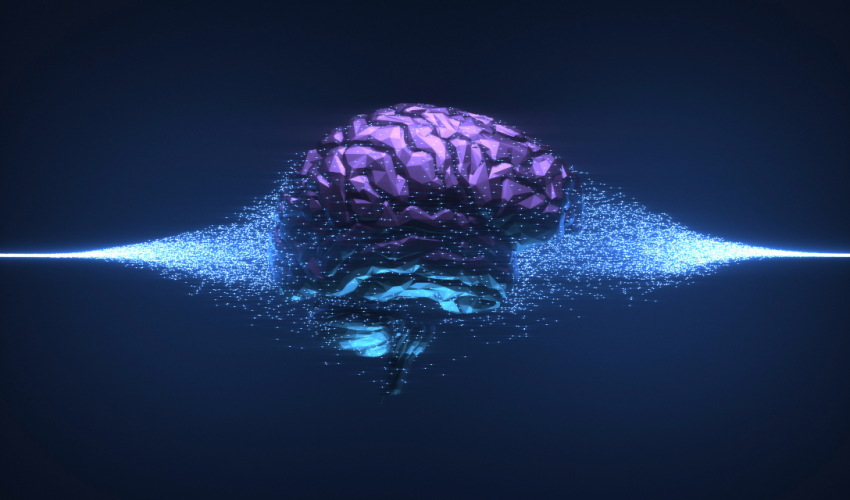In the rapidly evolving landscape of artificial intelligence (AI), a groundbreaking concept has emerged: the self-taught reasoner. This innovation represents a leap towards AI systems that can learn, adapt, and improve their reasoning capabilities autonomously. As we stand on the brink of this new era, understanding its implications and potential applications becomes crucial for business professionals across industries. Here’s a closer look at how this concept is transforming AI and its practical applications in the business world.
1. Step-by-Step Chain of Thought
Imagine an AI that can navigate the complex decision-making processes like a seasoned CEO. Through the step-by-step chain of thought approach, AI systems can dissect problems, weigh options, and arrive at decisions in a manner that’s transparent and easy to follow. For instance, in supply chain management, such an AI could analyze disruptions, considering factors like cost, timing, and impact, to suggest optimal solutions. This capability not only enhances decision-making efficiency but also fosters trust among stakeholders by making AI’s “thought” process visible and understandable.
2. Improving Language Models
AI’s ability to communicate in human-like language has vast implications, especially in customer service and engagement. Enhanced language models, powered by self-taught reasoning, could lead to AI that can understand and respond to customer queries with unprecedented accuracy and nuance. For example, a customer service AI could interpret and address complex, multifaceted customer complaints without human intervention, providing personalized solutions based on the customer’s history, preferences, and the nature of the problem.
3. Synthetic Data Generation
Data is the lifeblood of AI, but quality data can be scarce. Through synthetic data generation, AI can create its own scenarios for learning, bypassing limitations of real-world data sets. In healthcare, this could mean AI systems developing better diagnostic tools by generating and learning from diverse patient data scenarios, including rare conditions. This approach not only accelerates AI’s learning curve but also enhances its ability to operate inclusively, considering a broader spectrum of patient profiles.
4. Self-Improvement
The ultimate frontier for self-taught reasoners is the ability to self-improve. By continuously analyzing its performance and outcomes, AI can identify areas for enhancement, innovate solutions, and implement changes without human input. In financial analysis, an AI system could refine its algorithms to predict market trends more accurately, learning from past predictions, current events, and emerging patterns. This continuous self-optimization means AI systems can stay ahead of the curve, offering businesses cutting-edge insights and solutions.
Conclusion
The journey towards self-taught reasoning in AI opens up a world of possibilities where AI becomes more than a tool; it becomes a collaborator. From making informed, transparent decisions in supply chain management to offering nuanced customer service interactions, generating invaluable synthetic data in healthcare, and perpetually enhancing its capabilities in financial analysis, the potential applications are as vast as they are transformative. As we embrace this new era, the fusion of AI’s analytical prowess with human ingenuity promises to redefine what’s possible, ushering in a future where AI and human potential are inextricably linked.
